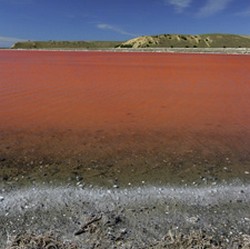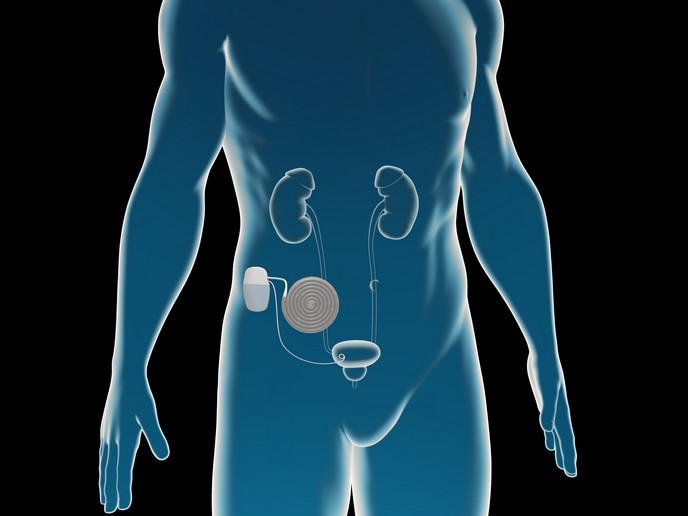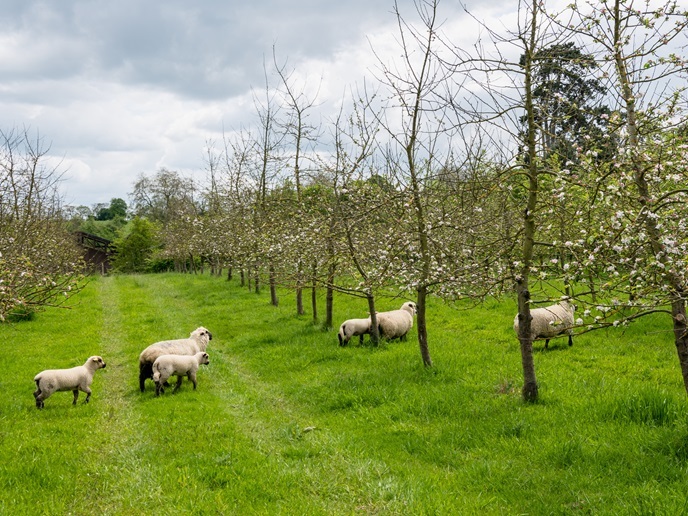Turning microalgae into make-up
Untapped potential for algae-based ingredients in the cosmetics industry relies on the manipulation and targeting of ingredients to fit increasingly niche product specifications. In the cosmetics industry, microalgae may be exploited either as natural crude extracts (multifunctional extract) or as purified specific products (bioactive secondary metabolites, polysaccharides, enzymes). The project ALGAECOM(opens in new window) (Exploitation of microalgae diversity for the development of novel high added-value cosmeceuticals) explored new species of microalgae for potential cosmeceuticals. These are compounds that can be used as cosmetic products but which have some beneficial biological activity as well. Project partners established systems needed to discover new compounds, including a high-throughput platform to study the compounds and enzymes in new species of algae. They also developed the protocols needed to extract algal polysaccharides, screen for useful enzyme activity and test new compounds for bioactivity. In addition, researchers created the necessary conditions for industrial-scale production of various microalgae. The consortium's main achievements included whole-genome sequencing of the commercially valuable microalgae species Tetraselmis chuii and the development of high-throughput metabolomic and catalomic platforms for the analysis of microalgae biology under different culture regimes and stress conditions. ALGAECOM also developed a downstream processing protocol for the extraction and purification of microalgae proteins and enzymes. In addition, scientists established extraction protocols for microalgal polysaccharides and conducted an in-depth study of their structures, as part of their potential application as bioactive ingredients in cosmetics. They also set up screenings for new enzymes able to depolymerize microalgal polysaccharides. ALGAECOM used these novel tools to search for potential new bioactive compounds. Those showing promise will be further developed into commercially available cosmeceutical products. The project also reinforced Europe's capacity in the field of microalgae technology by strengthening the links between academia and industry and training researchers in the latest biotechnology techniques.







